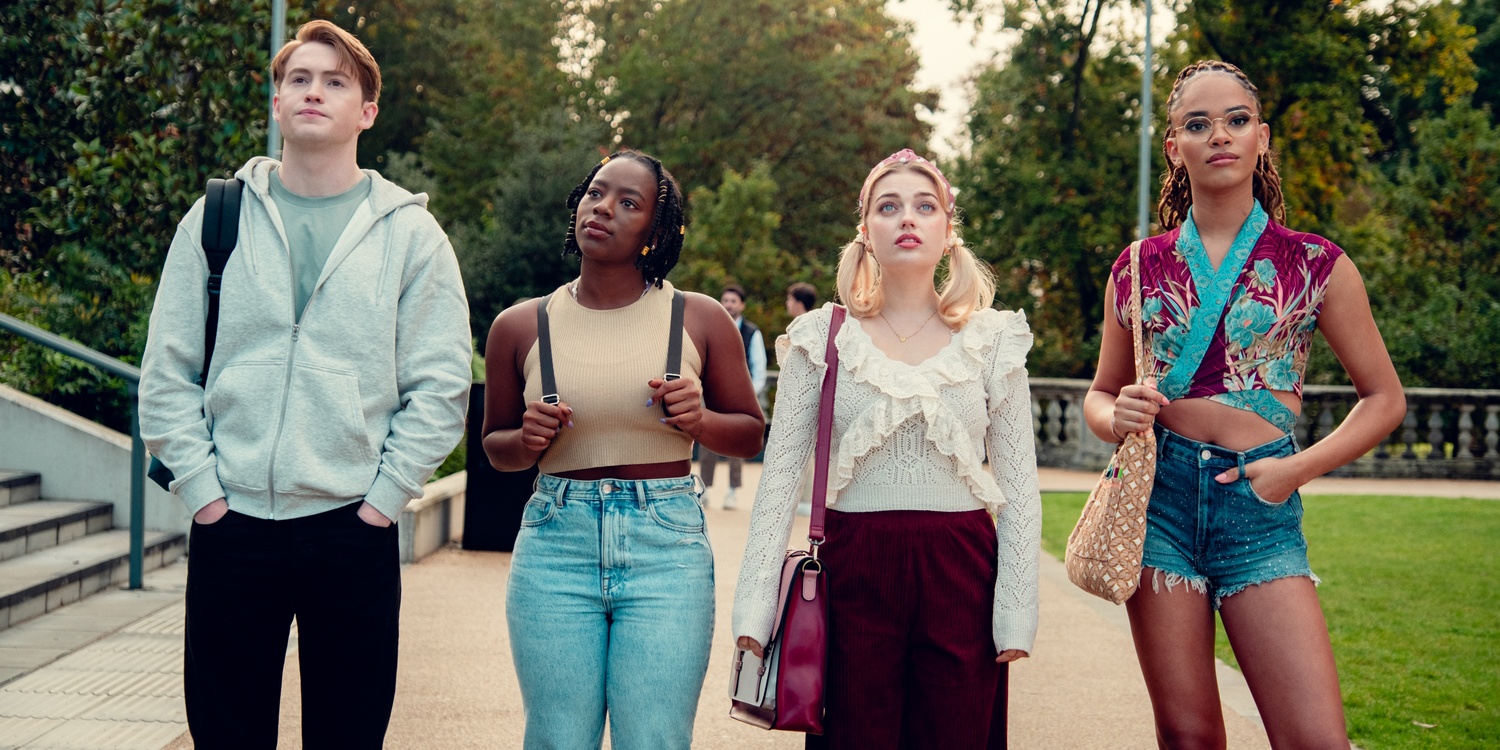
News
When Professors Speak Out, Some Students Stay Quiet. Can Harvard Keep Everyone Talking?

News
Allston Residents, Elected Officials Ask for More Benefits from Harvard’s 10-Year Plan

News
Nobel Laureate Claudia Goldin Warns of Federal Data Misuse at IOP Forum

News
Woman Rescued from Freezing Charles River, Transported to Hospital with Serious Injuries

News
Harvard Researchers Develop New Technology to Map Neural Connections
‘Heartstopper’ Season 3 Review: Characters Grow Up, and TV Shows Can Too
4.5 Stars

After over a year of waiting, everyone’s favorite queer comfort show is back and better than ever. “Heartstopper” has returned for its third season, and Nick (Kit Connor), Charlie (Joe Locke), and their whole wonderful group of friends have returned with as much joy and warmth as we’ve come to expect. If you loved the show’s first two seasons, rest assured that all of the wholesome moments, multi-faceted characters, and adorable animations that you’re used to seeing are in full effect for this new season.
However, the characters are growing up, and the show must grow up with them. In this season, the show takes on some topics and themes that are more mature than what it’s confronted in the past, and it takes on this challenge skillfully and impactfully. At the end of the day, “Heartstopper” is a story about the coming of age of a group of high school students, and the show’s focuses have to adapt and grow with its characters. It goes without saying that fans of “Heartstopper” will come to this new season with high expectations, and they can rest assured that they will not be disappointed.
The existence of “Heartstopper” as a television series in the first place is thanks to its adaptation from a comic series of the same name, written and illustrated by Alice Oseman. In the comics, the characters’ emotions are often depicted by little objects shown floating around them, a motif to which the show remains faithful. For example, when something romantic happens between two characters, floating leaves circle around them, and when a character is stressed, a cloud of dark jagged lines begins to consume them from all sides.
Since its first season, the TV adaptation of “Heartstopper” has embraced these visual emotional indicators, and they are consistently animated into the show to accompany all types of emotional moments and interpersonal experiences that the characters go through. In season three, the show has not only brought back the wonderful animations that it’s known for but has also enhanced them for the sake of the ever-evolving plot.
These animations have adapted to incorporate the topic of sex, which becomes significantly more prevalent in this season than it has been previously. Along with the romantic flutter of leaves, there are many instances of sparks flying around a character’s head when they are thinking about taking the next step with their significant other. When it comes to style, “Heartstopper” has shown that it knows what it does well, and is capable of being even better.
When it comes to what “Heartstopper” excels in, it’s impossible to overlook the show’s commitment to portraying a range of queer identities, which has always been — and continues to be — the show’s most defining and laudable characteristic. “Heartstopper” did not simply create a bunch of queer characters during the first season and then call it a day. Instead, it has continued, season by season, to add and develop queer storylines.
In season three, Darcy (Kizzy Edgell) experiments with new pronouns, Isaac (Tobie Donovan) comes to terms with his identity as an asexual and aromantic person and goes through the process of coming out to his friends, and Imogen (Rhea Norwood) continues, as she has every season, to explore her sexuality, as a testament to the fact that coming to terms with one’s identity is not something that happens overnight.
“Heartstopper” knows that there is no limit to the amount of unique queer identities that can exist, and its storylines continue to celebrate and acknowledge that finding one’s identity is not always linear. With each passing season, “Heartstopper” proves that it genuinely cares about the stories that it is telling, and successfully celebrates queerness rather than tokenizes it.
“Heartstopper” is not only a show about queerness. It is also a show about growing up. Throughout its run, it has always been a markedly wholesome and family-friendly show, which has contributed to its overall comforting and light reputation. As “Heartstopper”’s characters continue to grow up, though, it’s only responsible for the show to begin incorporating more adult themes into its storylines. In season three, characters begin talking about and having sex, Elle (Yasmin Finney) deals with instances of transphobia, and Charlie struggles with a very serious eating disorder and mental health issues.
For fans who have grown fond of the show’s wholesomeness, don’t be alarmed. Although the show incorporates these new ideas — as is its responsibility to do as a coming-of-age show — it does so with a gentle touch while still maintaining its usual modesty. Topics are addressed, but never in a distasteful, vulgar, or upsetting way. The characters in “Heartstopper” have begun to grow up, and the show has found a way to grow up with them without sacrificing the family-friendly approach to storytelling which has come to define it.
A sensation from its initial release, “Heartstopper” has set a high bar for itself. In season three, fans can rest assured that the show stays true to its roots. It has retained all of the things that make it what it is, from its unique stylistic elements, to its celebration of queerness, to its overall appropriateness — all while expertly navigating its more mature themes and storylines. All in all, “Heartstopper” has shown that characters need to be allowed to grow up, and shows must be equipped to grow right along with them.
—Staff writer Nell G. Cunningham can be reached at nell.cunningham@thecrimson.com.
Want to keep up with breaking news? Subscribe to our email newsletter.
